New York based designer Francis Bitonti conceptualizes complex design through intricate materials and renderings. Bitoni explains that in order to design for the future we must embrace its vernacular. He explains, “we must design in that state, we must design through the machine, we must work through the algorithm if we want to speak a contemporary language.”
Installation Magazine: Your work is interdisciplinary, combining computer techniques and new manufacturing technologies. Describe the manner in which you incorporated technology into your studio work and how the mediums reflect your artistic vision.
Francis Bitonti: Before I became interested in design I trained as an animator and Computer Generated Imagery (CGI) artist and worked as a web developer for a brief period of time. I went to graduate school for architecture because I was looking for a way to think about the physical world. I think subconsciously I wanted to bridge the gap, I love the Internet culture and what it has done for us, computing embodies some very powerful ideas not only for technology but also for our social and cultural landscape. Computing represents a worldview for me. It’s a social revolution. I want to see our physical world become hackable, shareable, downloadable and disposable. Design is inextricably linked to technology and culture, designers are the ones who connect the dots, we forge lifestyles from the tools, technologies and institutions that are available to us. You asked me if these techniques reflect my artistic hand. This is what separates art from design, it’s not about my hand and my psychology. My work is about shaping commerce and culture, it’s about seeing potential in the infrastructure and tools that are available to our society at a given point in time. It’s temporal occupation. Good design isn’t about just making more stuff it’s about showing us new ways to live.
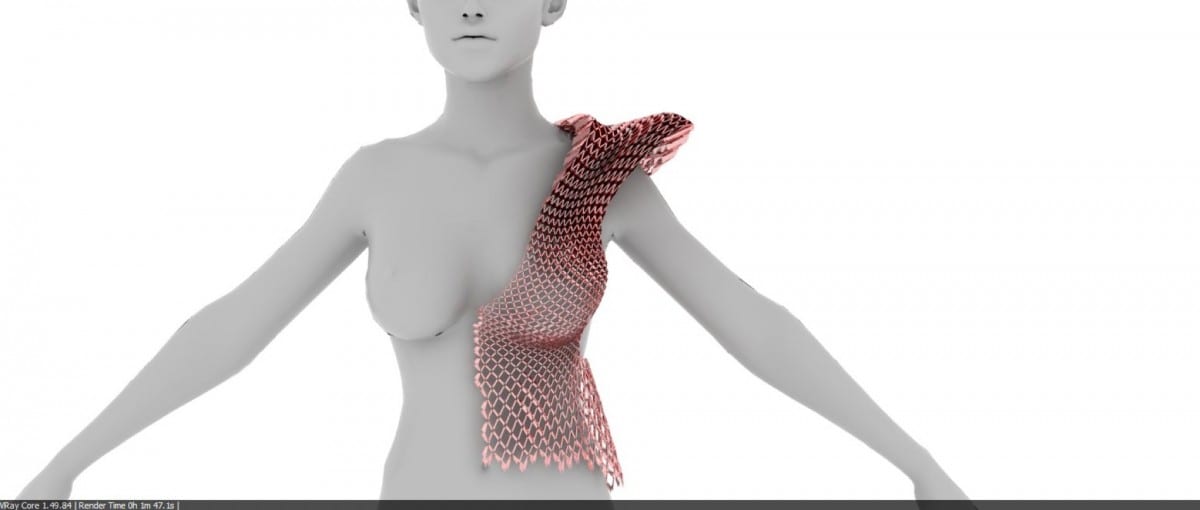
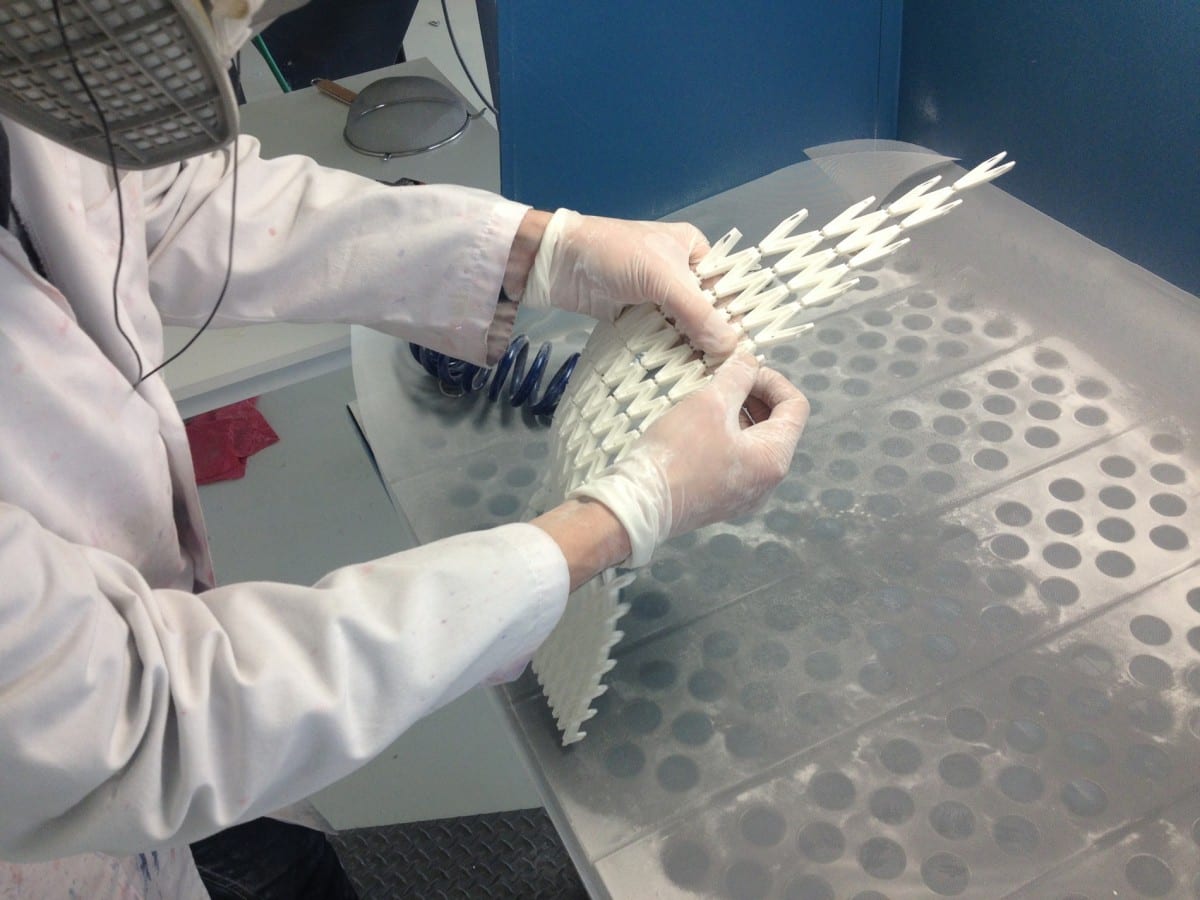
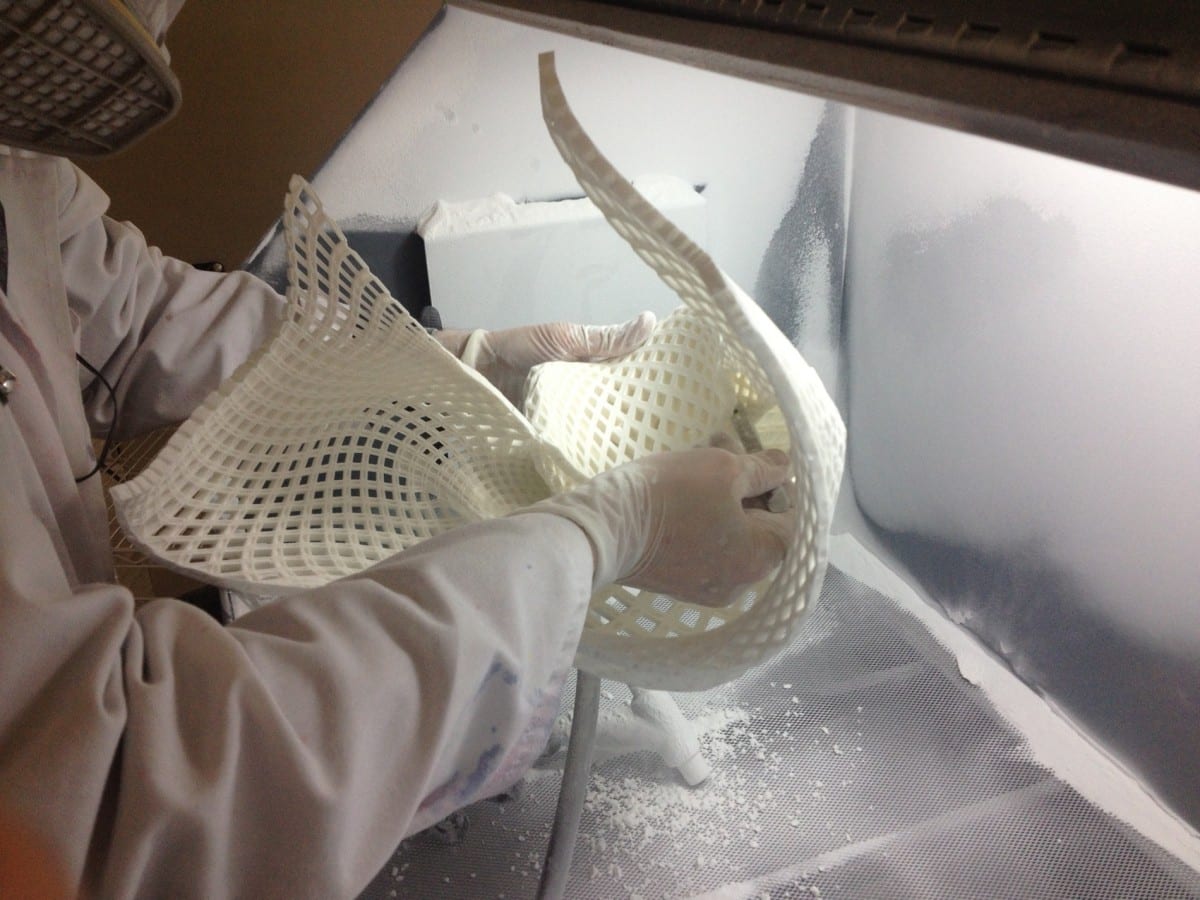
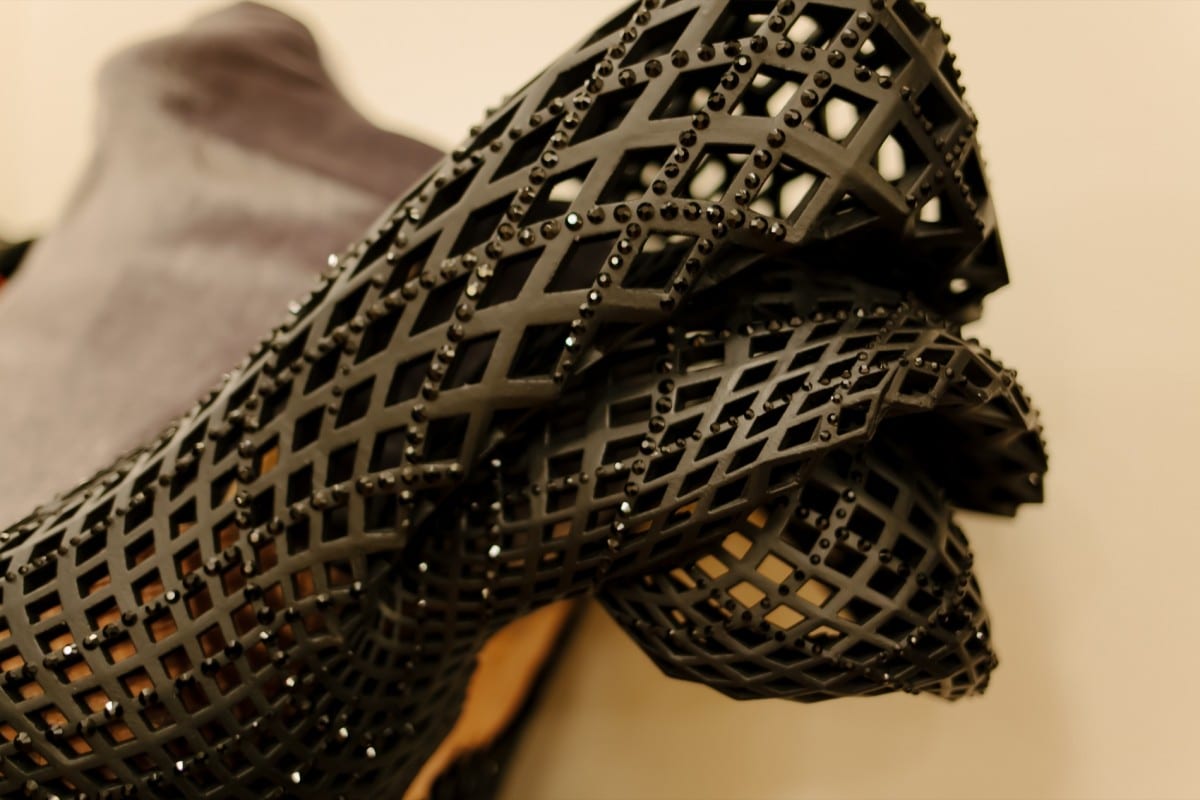

How do you feel that your process changes the concept of mass-produced items?
Mass-produced items are currently dependent on economies of scale to produce repetitive standardized components. The technologies I work with will decentralize the factory model. Three dimensional printing and computational design will impregnate physical matter with all the malleability and flexibility of the virtual world. Companies need to start thinking about cloud based manufacturing and new models of distribution and sales if brands hope to remain relevant. The next generation of products will be digital files, not things. We are witnessing the birth of a new kind of industrialism, it’s a new industrial revolution and it will bring us new forms and materials but most importantly new ways to live and interact with products and brands. It’s a cultural revolution. It’s a very exciting time to be alive. We now have a model of manufacturing with no additional costs for complexity, customization or on-demand production. This will be liberating but will present a new set of challenges, we are embarking on an age of production where humans will be able to produce more than they have ever been able to produce in the history of the world. We are going to be able to produce highly specialized products in great volume. Reuse will not be an option, it will be most sustainable if we stop designing for permanence, we need to replace timelessness with temporality.
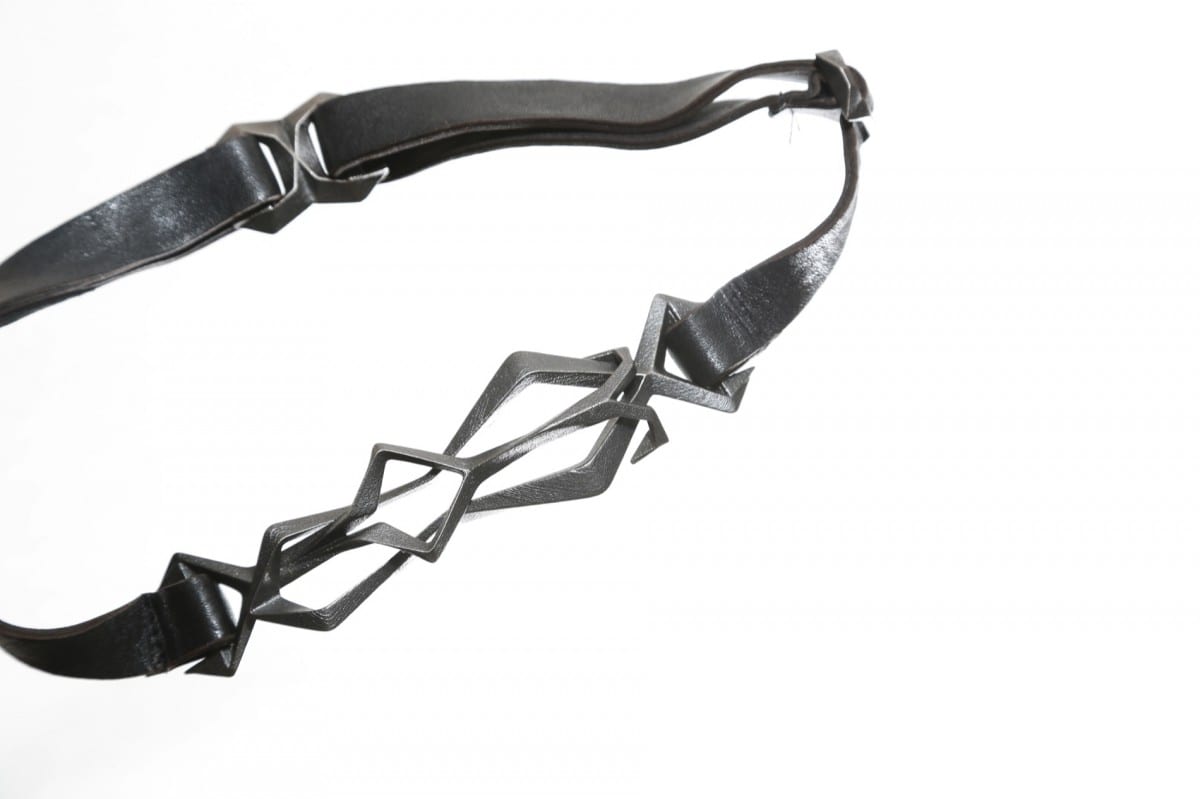

In what ways do you feel that your design creates a new visual vocabulary?
We are embracing a means of production that allows us to produce highly complex, customizable products. We are introducing formal complexity to mass produced objects, this have never been a possibility before. We are democratizing ornament.

How would you define your methodology as a designer?
I never know what I am going to make when I start. I don’t make sketches, it’s all very intuitive, it’s very much an exploration of materials in spite of everything being digital, I am interested in the materiality of computation. I am interested in designing through processes and systems. I set up simple systems that produce complex results. My design process is a collaboration with artificial intelligence. I see all people as being extended through machines, our mind and bodies are augmented, we are given potential and abilities we would have not had without our machines. They are part of us and always have been.
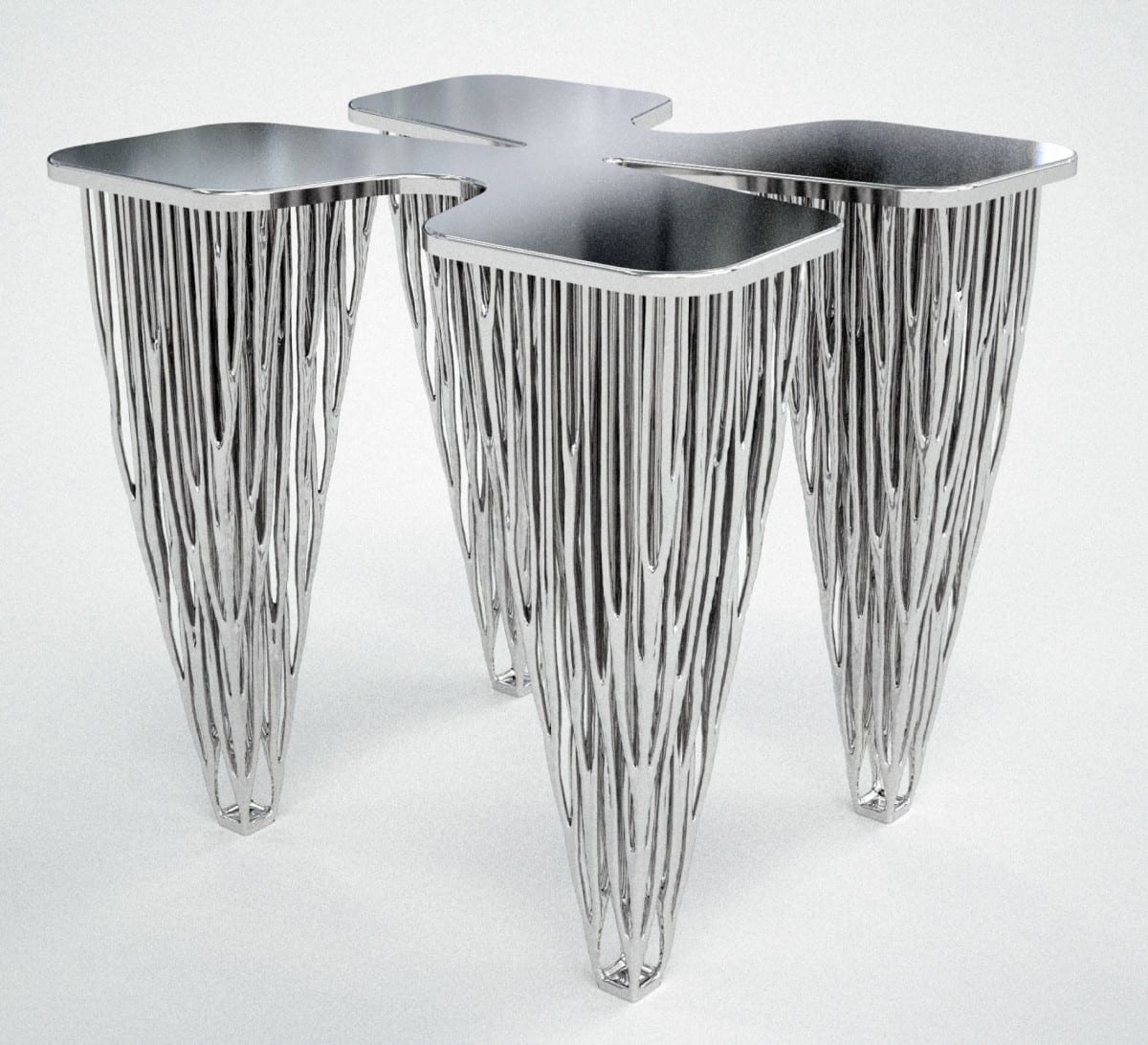
What elements encompass a “great design”?
When the thing does not do it justice. Great design is when it cannot be understood through observation but only through use.
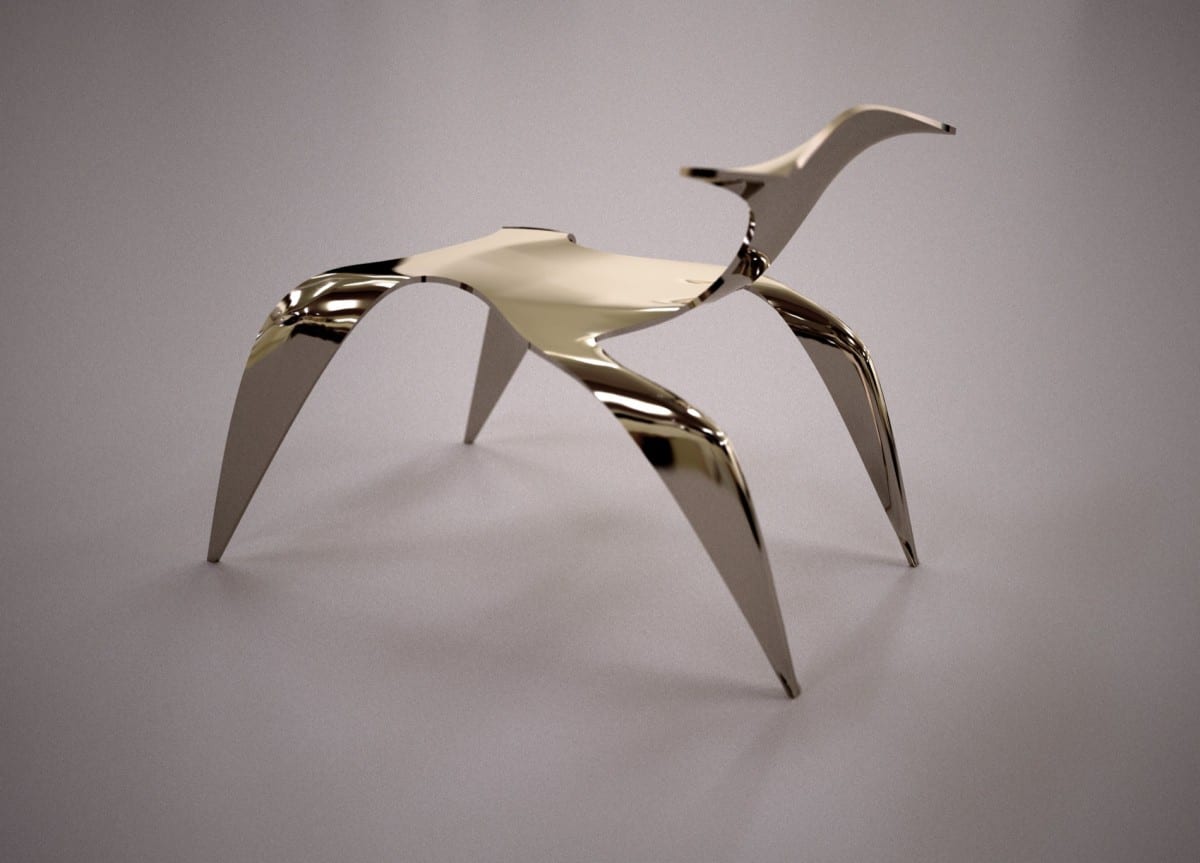
As a multi-disciplinary designer what areas of design interest you most?
Design is now a very generalized discipline, I see my work and my approach to problem solving as something that is flexible enough to cross all scales and disciplines. I see no reason to confine my practice to any space, this is not a time for specialists.
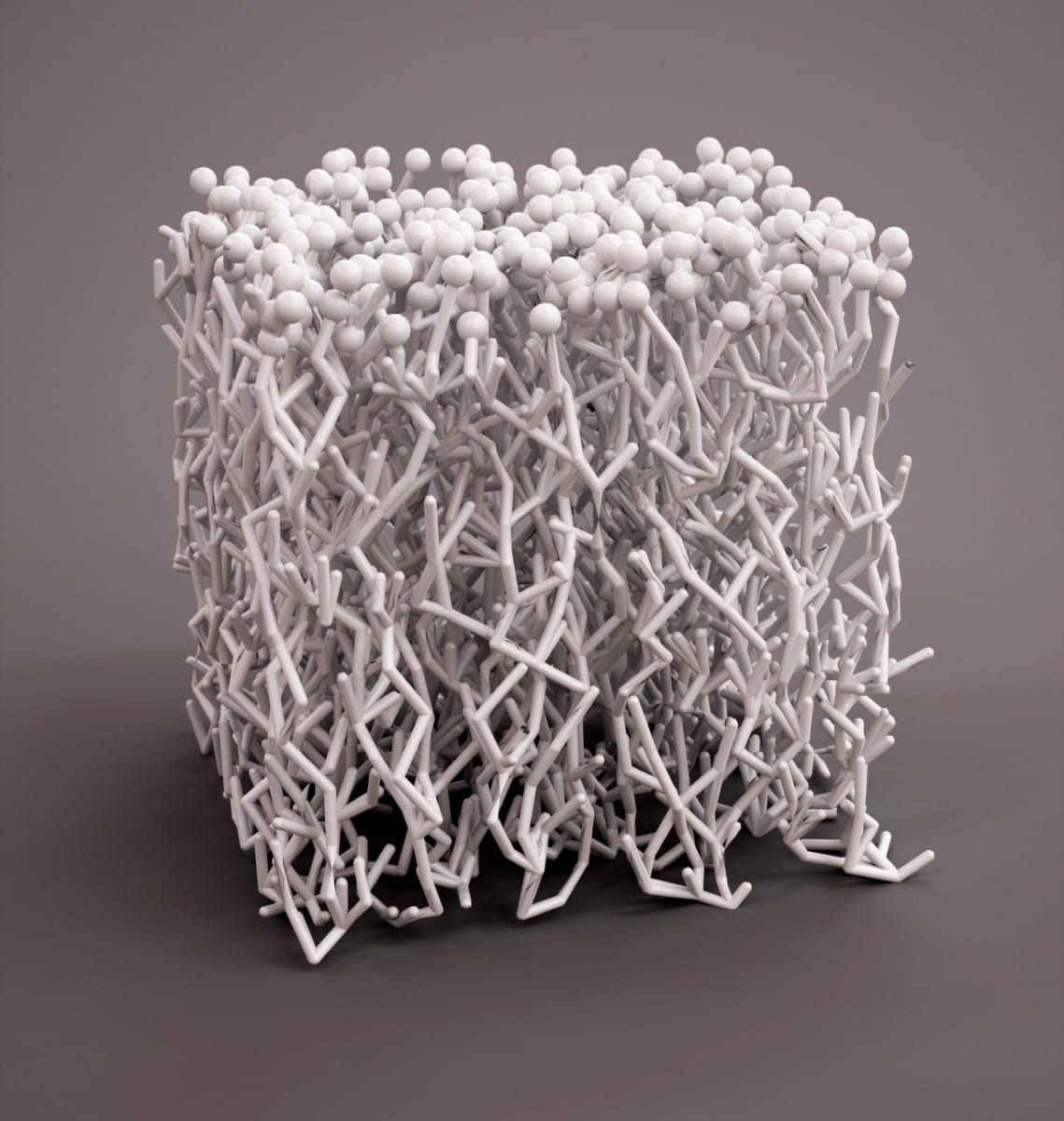

Now that you are preparing to move to a new space, what are your hopes for the future of your design studio?
I hope to continue our collaborations with other brands and designers and continue to work across disciplines. We are also launching our own products this year including a handbag and some 3D printed housewares. We want to build a brand that embraces these next generation technologies. We are also scaling up our educational programs. We need to be training the next generation of designers we want to transform our workshops into a school that will be available to the throughout the year.
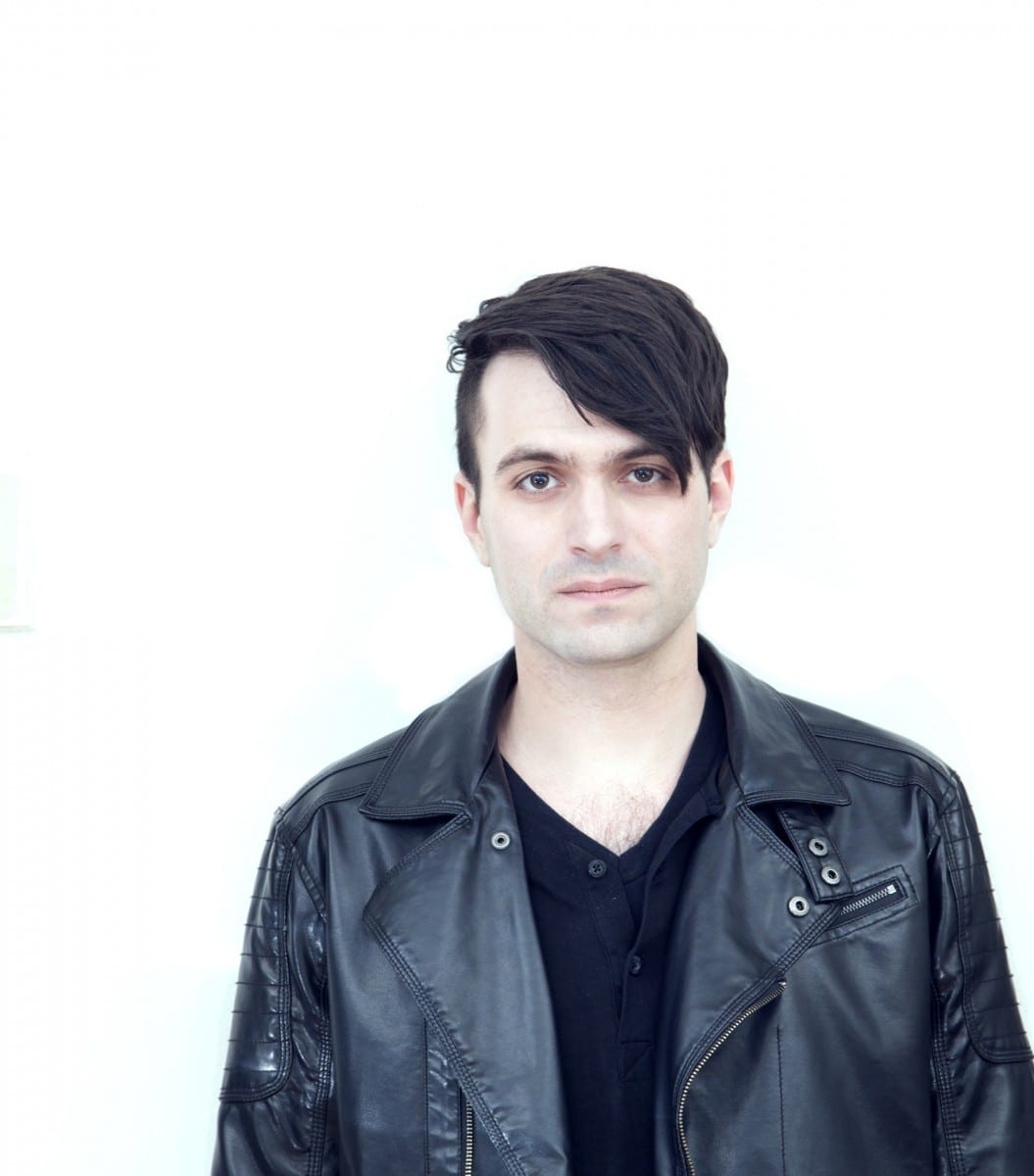
Featured image: Combustion Pavilion, Image © Francis Bitonti Studio
All images courtesy of Francis Bitonti Studio
